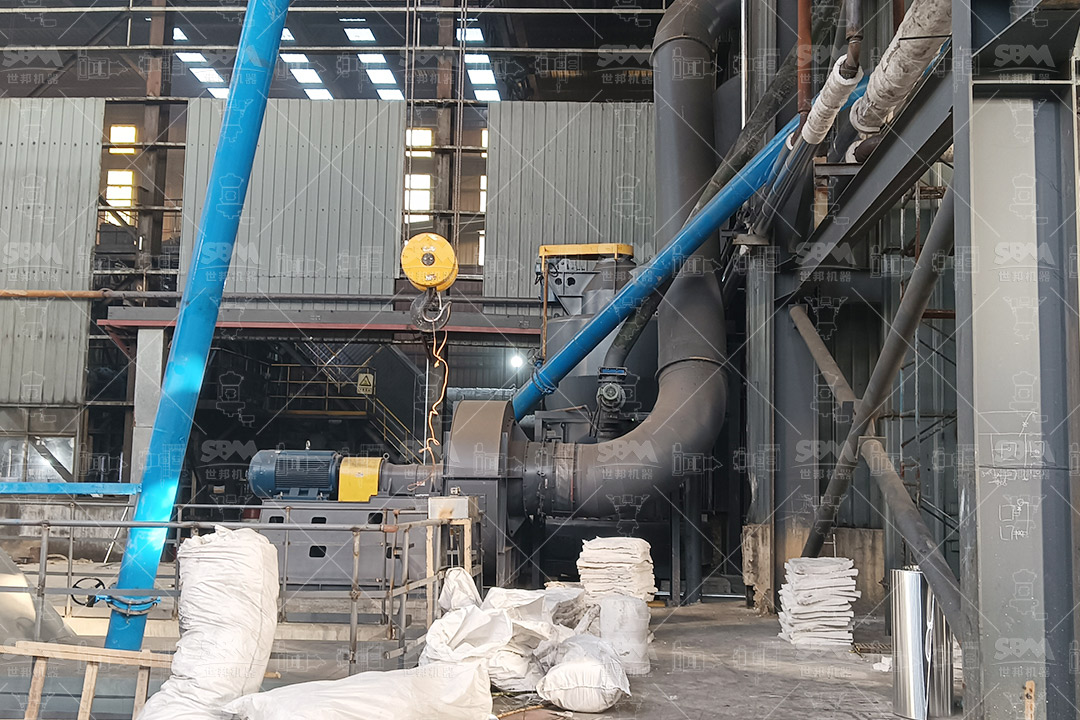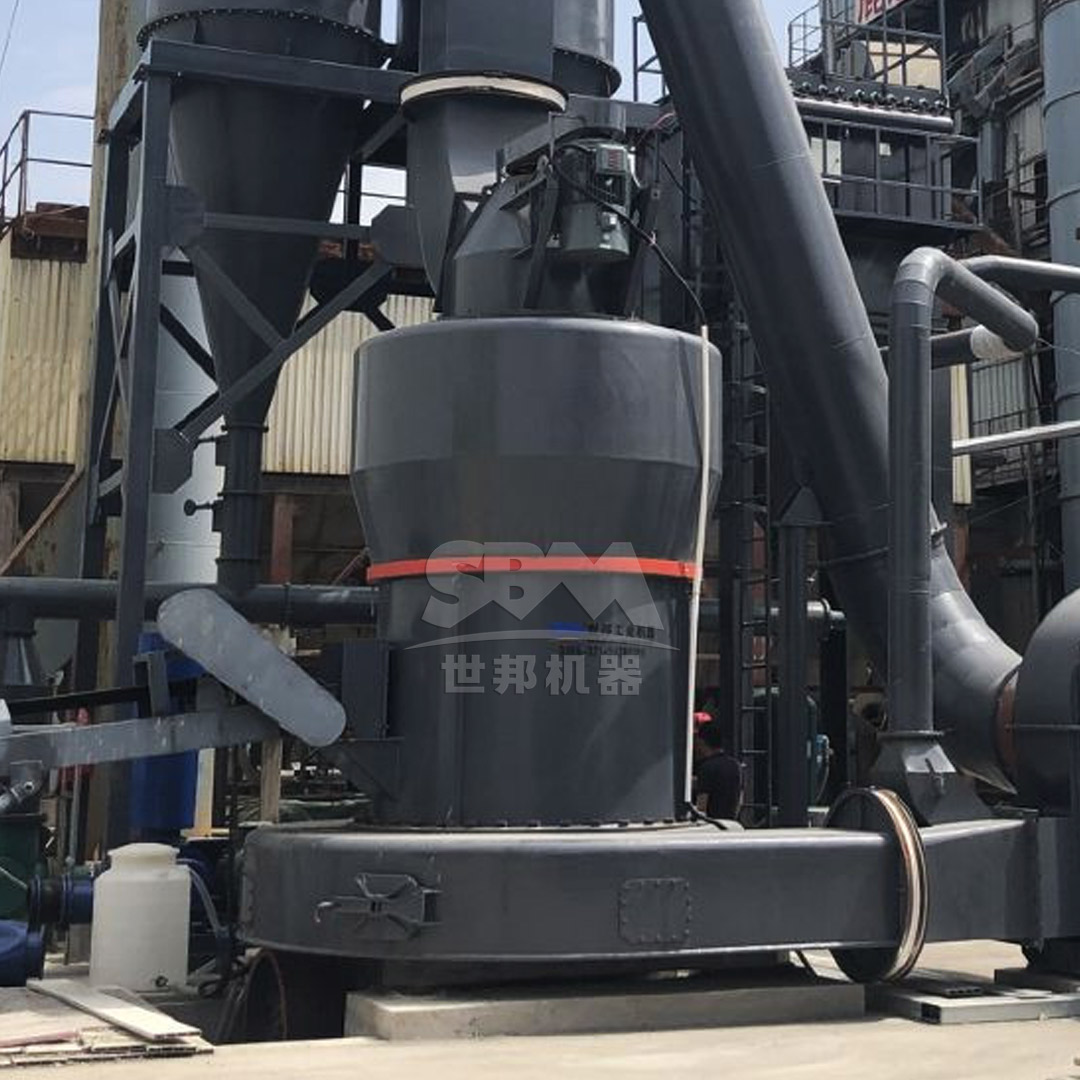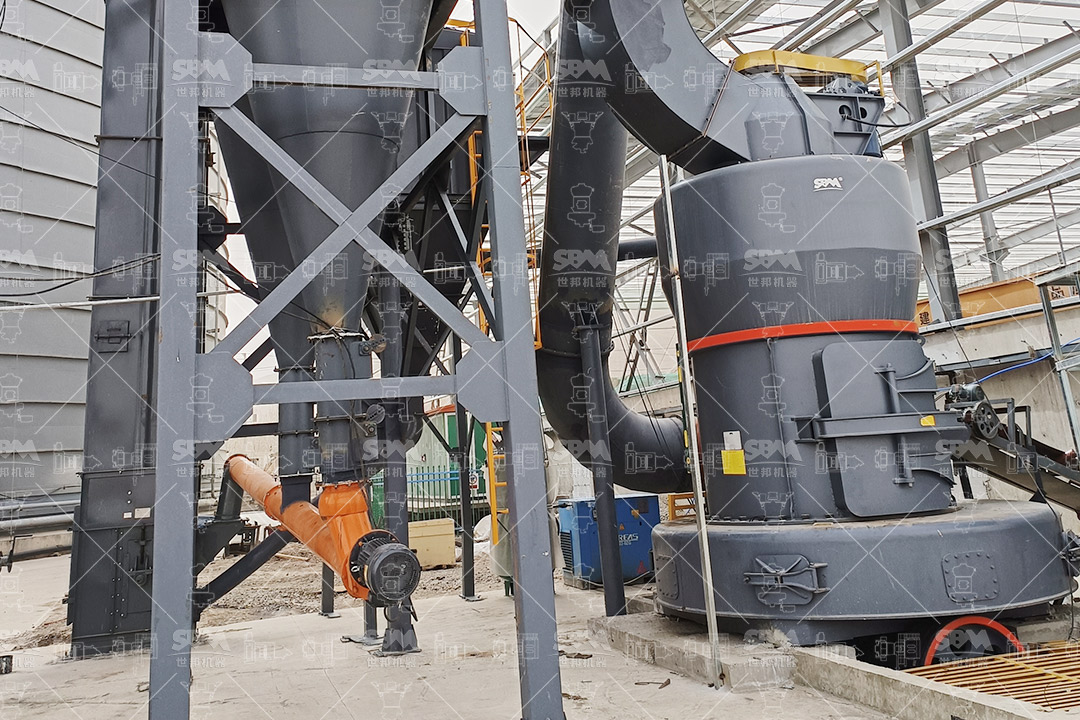The manufacturing of high-performance polymer composites is a sophisticated process that relies heavily on the quality and properties of the mineral fillers used. Talc, a hydrated magnesium silicate, is one of the most widely employed functional fillers due to its ability to enhance stiffness, heat resistance, dimensional stability, and barrier properties in polymers like polypropylene (PP), polyethylene (PE), and polyamide (PA). The efficacy of talc as a filler is intrinsically linked to its particle size distribution (PSD), morphology, and surface area, all of which are determined by the grinding technology used in its processing. Selecting the optimal grinding mill is therefore not merely an operational decision but a strategic one that directly impacts the final composite’s performance, production efficiency, and overall cost. This guide provides a comprehensive analysis of key talc grinding technologies and offers expert recommendations for selecting the right mill for your polymer composite manufacturing needs.
Before delving into grinding technology, it is essential to understand why talc’s physical properties are so crucial. In its natural form, talc is a platy, lamellar mineral. When finely ground and properly dispersed within a polymer matrix, these platelets act as reinforcing agents.
The primary goal of the grinding process is to reduce the particle size while maximizing the preservation of this beneficial platelet morphology and ensuring a narrow, controlled particle size distribution with no oversize material.
Selecting a mill for talc is a multi-faceted decision. The following factors must be carefully evaluated against your production requirements:
Different mill types employ distinct grinding principles, making them more or less suitable for talc processing.
Principle: Utilizes steel balls in a rotating cylinder to impact and attrition the material.
Pros: Well-established technology, high capacity, can handle moist feed.
Cons for Talc: Poor energy efficiency, high wear leading to iron contamination, limited ability to control top cut, and a tendency to destroy the lamellar structure of talc due to aggressive impact. Generally not recommended for high-value, high-performance talc fillers where purity and morphology are paramount.
Principle: Material is ground between rotating rollers and a stationary ring.
Pros: Good energy efficiency for coarser grinds (e.g., 200-400 mesh), robust construction, lower capital cost compared to some finer grinding options.
Cons for Talc: Limited ability to achieve ultra-fine grades (e.g., >1250 mesh) efficiently. The grinding mechanism can still generate some oversize material, requiring external classification.

Principle: Material is ground between a rotating table and two or more grinding rollers under hydraulic pressure.
Pros: Excellent energy efficiency, integrated drying (useful for slightly moist talc), large capacity, relatively low wear due to the bed-compaction grinding principle.
Cons for Talc: Can be a larger capital investment. Achieving a very sharp top cut and ultra-fine sizes may require a highly efficient internal or external classifier.
This category includes mills specifically designed to produce micron and sub-micron powders with narrow PSDs. They typically combine mechanical milling with integrated, high-precision air classification.
Principle: Utilizes multiple grinding rings and rollers in a vertical arrangement. The ground material is carried by an air stream to an integrated turbo air classifier, which rejects oversize particles back to the grinding zone for further processing.
Pros for Talc:

For manufacturers targeting the high-end polymer composite market, where consistent ultra-fine talc with a perfect top cut is mandatory, the SCM Series Ultrafine Mill represents the optimal technological solution.
This mill is engineered to overcome the limitations of traditional grinding equipment. Its core advantages align perfectly with the demands of talc processing:
| Model | Handling Capacity (ton/h) | Main Motor Power (kW) | Feed Size (mm) | Finished Fineness (mesh) |
|---|---|---|---|---|
| SCM800 | 0.5-4.5 | 75 | ≤20 | 325-2500 |
| SCM900 | 0.8-6.5 | 90 | ≤20 | 325-2500 |
| SCM1000 | 1.0-8.5 | 132 | ≤20 | 325-2500 |
| SCM1250 | 2.5-14 | 185 | ≤20 | 325-2500 |
| SCM1680 | 5.0-25 | 315 | ≤20 | 325-2500 |
For larger production lines requiring high capacity of slightly coarser talc grades (e.g., 30-325 mesh), the MTW Series Trapezium Mill is an excellent and robust choice. Its curved duct design reduces energy loss, and its combined blade design minimizes maintenance costs, offering a highly efficient solution for standard talc filler production.
The selection of a talc grinding mill is a critical determinant in the quality and economics of your polymer composite manufacturing process.
Ultimately, partnering with a technology provider that offers a range of mills and can provide expert application advice is key to optimizing your talc grinding process from feed to final product.
